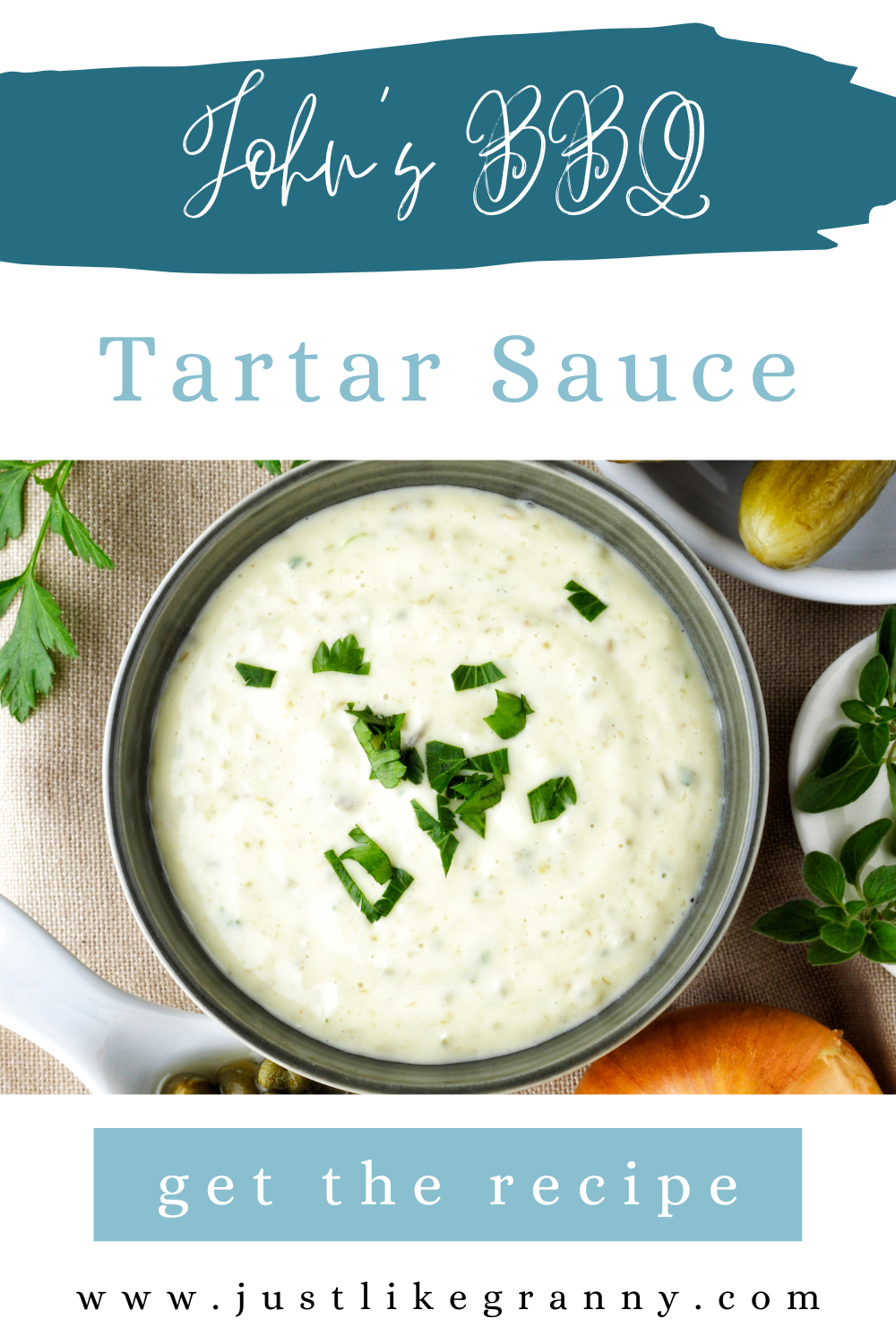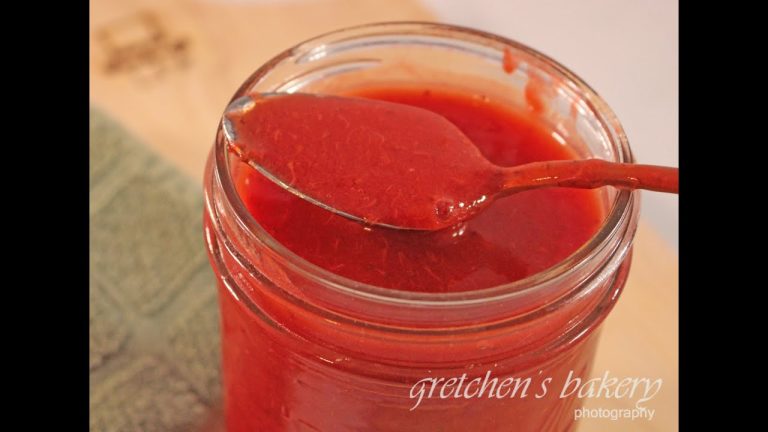Tzatziki Sauce: History, Recipe, and Delicious Pairings
Tzatziki sauce dates back to ancient Greece, where it was initially crafted using simple, locally-sourced ingredients. Greek cuisine, known for its emphasis on fresh and healthy components, incorporated tzatziki as a staple due to its refreshing and versatile nature. Historically, Greeks used strained yogurt, cucumbers, garlic, olive oil, and vinegar or lemon juice to create this beloved sauce. Used as both a dip and a condiment, it paired perfectly with dishes like souvlaki, gyros, and various mezes (small dishes).
Evolution and Regional Variations
Over the centuries, tzatziki evolved and spread to various regions, each adding its own twist to the classic recipe. In Turkey, a similar sauce known as cacık features thinner yogurt and often includes herbs like dill and mint, along with optional ingredients like walnuts and radishes. The Balkans also offer their own versions, such as tarator in Bulgaria and mast-o-khiar in Iran, each incorporating unique herbs and spices to suit local tastes. Despite regional modifications, the core elements of strained yogurt, cucumbers, and garlic remain consistent, preserving the essential characteristics of tzatziki across different cultures.
Key Ingredients of Tzatziki Sauce
Cucumbers: Freshness and Crunch
Cucumbers play a crucial role in tzatziki sauce, adding both freshness and crunch. They should be fresh, firm, and preferably seedless. Grate or finely chop them to blend seamlessly with yogurt. Removing excess moisture by salting and draining enhances the sauce’s texture and prevents it from becoming watery. Persian or English cucumbers work well due to their thinner skin and fewer seeds.
Yogurt: Creaminess and Tang
Yogurt forms the creamy base of tzatziki sauce, imparting both smoothness and tanginess. Using full-fat Greek yogurt gives the best results due to its thickness and rich flavor. The straining process removes excess whey, ensuring a dense consistency that holds the sauce together. If Greek yogurt isn’t available, strain regular yogurt using a cheesecloth to achieve a similar texture.
Garlic and Herbs: Flavor Boosters
Garlic and herbs are indispensable for elevating the flavor profile of tzatziki sauce. Fresh garlic, minced or grated, provides a pungent depth that complements the creaminess of the yogurt. Common herbs include dill and mint, each adding a unique aromatic note. Dill offers a slightly sweet, earthy flavor, while mint introduces a refreshing twist. Adding a dash of olive oil enhances richness, and lemon juice or vinegar adds a zesty finish. Always use fresh herbs for the most vibrant flavor.
By focusing on these key ingredients, you can create a flavorful and authentic tzatziki sauce that complements a wide range of dishes.
Health Benefits of Tzatziki Sauce
Nutritional Profile
Tzatziki sauce offers numerous health benefits due to its nutritious ingredients. Greek yogurt forms the base, providing a high protein content and probiotics that promote gut health. A half-cup serving of tzatziki contains approximately 50 calories, making it a low-calorie option for those watching their weight. Cucumbers in the sauce offer hydration and supply vitamins A and K, crucial for skin health and blood clotting. The garlic used contains allicin, known for its anti-inflammatory and antimicrobial properties. Olive oil adds healthy fats, aiding in cholesterol management and providing essential fatty acids.
Suitable for Various Diets
Tzatziki sauce fits well into multiple diet plans, catering to diverse dietary needs. It’s naturally low in carbohydrates, making it suitable for keto dieters. As a dairy product, it offers a rich source of calcium and vitamin D, beneficial for those following vegetarian diets. By using plant-based yogurt, tzatziki can easily become vegan-friendly, catering to a broader audience. Additionally, the sauce can complement gluten-free dishes, as it contains no gluten-based ingredients.
How to Make Homemade Tzatziki Sauce
Step-by-Step Recipe
To make homemade tzatziki sauce, gather the following ingredients:
- 1 cup Greek yogurt
- 1 cup grated cucumber
- 2 cloves garlic, minced
- 1 tablespoon olive oil
- 1 tablespoon fresh lemon juice
- 1 tablespoon chopped dill
- Salt and pepper to taste
Here’s a step-by-step guide:
- Prepare Cucumber: Grate the cucumber using a box grater or food processor. Squeeze out excess moisture with a cheesecloth or paper towels to avoid a watery sauce.
- Combine Ingredients: In a medium bowl, mix the Greek yogurt, grated cucumber, minced garlic, olive oil, lemon juice, and chopped dill.
- Season to Taste: Add salt and pepper according to your preference. Stir well to combine all ingredients.
- Chill: Cover the bowl and refrigerate for at least 1 hour to let the flavors meld. Serve cold.
Tips for the Perfect Texture
Ensure you squeeze out excess water from the cucumber to keep the tzatziki creamy, not watery.
Use full-fat Greek yogurt if you want a richer texture and flavor.
Fresh lemon juice enhances flavor and balances the creaminess. Use fresh-squeezed for best results.
For a smoother consistency, consider blending all ingredients in a food processor until well combined.
Adjust garlic and dill to your taste. Add more or less based on your preference.
Serving Suggestions for Tzatziki Sauce
Traditional Pairings
Tzatziki sauce complements several traditional dishes. Serve it as a dip with pita bread, veggies, or dolmas. Use it as a sauce for gyros, souvlakis, or kebabs. Pair it with grilled meats, like chicken or lamb, to add a refreshing contrast. Incorporate it into Mediterranean and Middle Eastern cuisines for an authentic flavor boost.
Creative Uses in Modern Cuisine
Experiment with tzatziki in various modern recipes. Spread it on sandwiches, wraps, or burgers for a tangy twist. Use it as a salad dressing or mix it with grains like quinoa or couscous. Add it to baked potatoes or use it as a dip for fries and chips. Try it as a topping for pizza or a creamy addition to avocado toast, showcasing its versatility in contemporary dishes.
Conclusion
Tzatziki sauce is a versatile and delicious addition to any meal. Whether you’re sticking to traditional pairings or experimenting with modern dishes, this sauce brings a refreshing burst of flavor. Making your own tzatziki at home allows you to customize it to your taste and dietary needs. It’s not just a condiment; it’s a culinary companion that can elevate your meals. So next time you’re planning a meal, consider adding tzatziki to the mix. Your taste buds will thank you.






